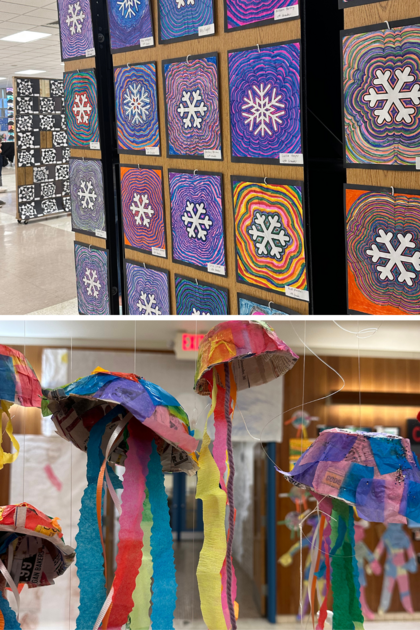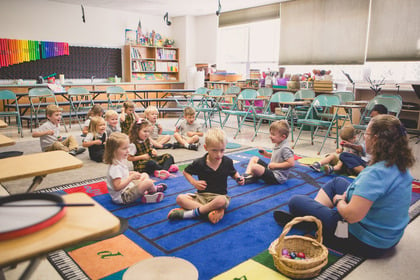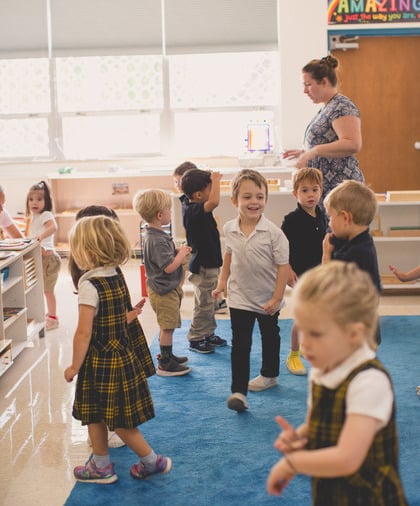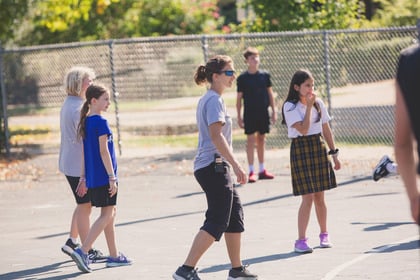Special Subjects
-
Our "Specials" Classes
-
Art
Students use a variety of materials including paint, pastel, clay, and wire. They learn basic skills such as color mixing and shading as well as design principles such as balance, symmetry, and form. Art activities are integrated in all areas of the curriculum. Students learn and experience different styles of expression through art history lessons and the traditions of different cultures. Our student artwork is showcased in springtime at our popular Night of the Arts, which features galleries of artwork, musical performances, and sometimes even an Improv show!

-
Spanish
Our students begin learning Spanish during their Early Childhood years. Spanish songs, stories and rhymes introduce vocubulary in an age-appropriate way. As students progress through kindergarten and the primary grades, they continue basic skill development. The curriculum accelerates in the sixth through eighth grades as students complete “Level I” Spanish, the equivalent of first year, high school Spanish. In these grades, the students receive more intensive practice in all four skill areas: speaking, writing, listening and reading, as well as in the development of specific language-learning strategies. Most of our 8th graders test into "Spanish II" in their freshman year of high school.
-
Music
Music and movement are a natural, joyous part of childhood. Music enhances and facilitates language development, memory skills, and concentration in young children. Musicians are fond of saying that "singing is like praying twice." The complexity of the music curriculum increases with each grade. Students from Early Childhood on up may opt to participate in our String Program. Students in third and fourth grade learn to play the recorder and beginning in fourth grade, students may participate in Band.

-
-
Drama
Dramatic activities are included formally and informally in each grade and culminate in the production of a musical in 7th and 8th Grades.

-
Life Skills
From learning how to be a friend to learning how to apply for a job, our school counselor meets weekly with each classroom to identify and develop practical life skills including conflict resolution, calm-down strategies and goal-setting. The counselor is also available to meet with students in small groups or one on one to problem solve social-emotional issues. The prevention work--teaching the social-emotional, academic, and future-oriented skills--helps the students to learn how to handle many of the problems they may encounter and lessens their need to see the counselor or ask their teacher to intervene.

-
Physical Education
Regular physical activity is vital for health. In addition to the important health benefits, games and activities played in gym require students to learn teamwork, perseverance and appropriate risk taking.

-
Technology
Students learn the basics of keyboarding, information literacy, word- processing, spreadsheets, and multi-media. Students also learn about internet safety, cyberbullying and social, legal and ethical issues related to use of technology, including acceptable use and copyright.
-

